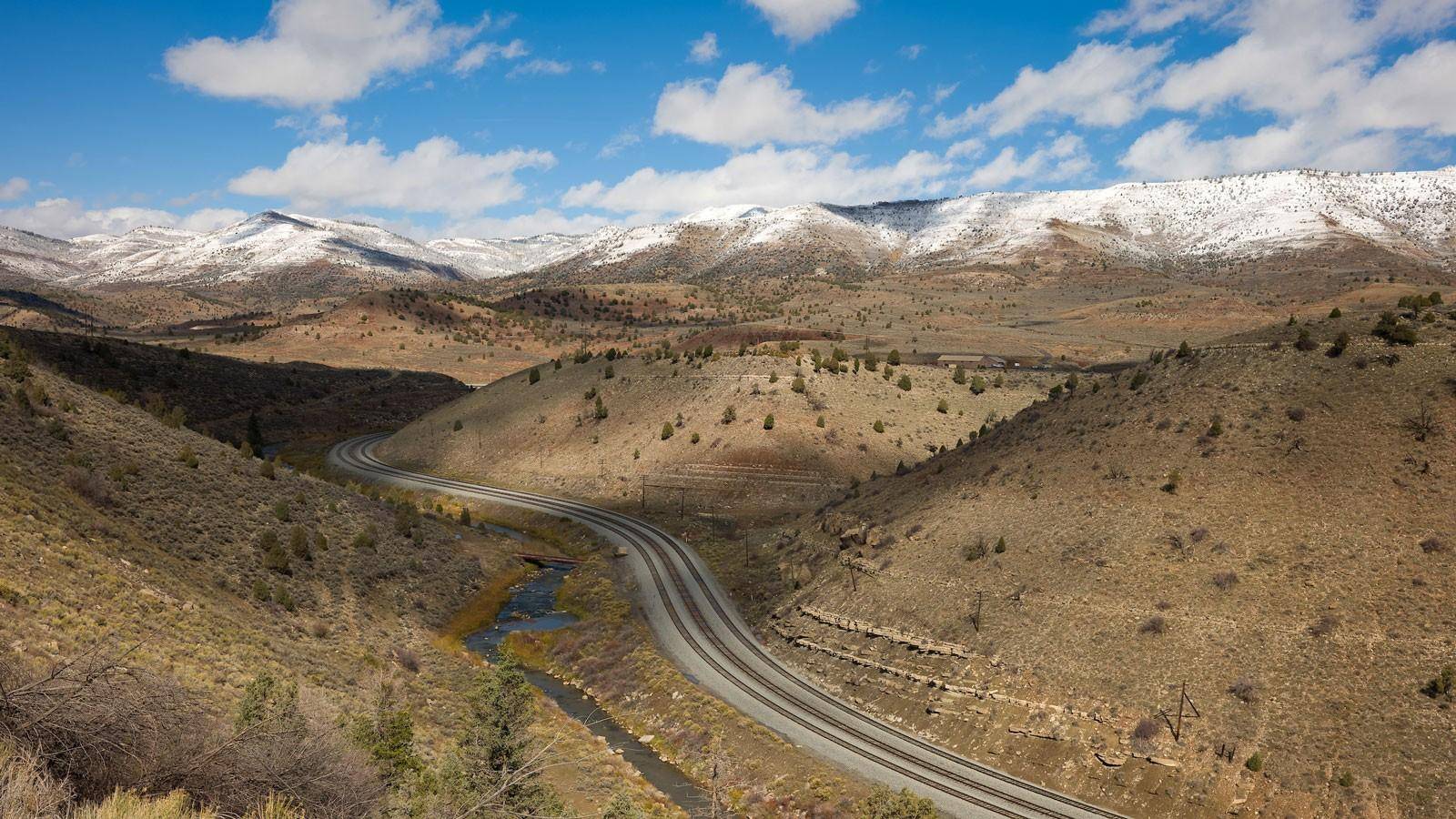USU Eastern Press Release
Utah State University Eastern will host “Crossroads: Change in Rural America,” a traveling Smithsonian art exhibition aiming to provoke fresh thinking and spark conversations about the future and sustainability of rural communities. The exhibition is a part of Museum on Main Street, a collaboration between the Smithsonian Institution, Utah Humanities and USU Eastern.
The exhibit will be housed at the Jennifer Leavitt Student Center from Jan. 20 to March 3 and is free to all participants. The hours for the exhibit will be Monday through Friday from 11 a.m. to 7 p.m. and Saturday from 11 a.m. to 3 p.m.
“When we heard about Crossroads, we thought it could be a great opportunity for our community and our university to come together,” said Michaelann Nelson, associate professor of English at USU Eastern. “We felt that the exhibit’s emphasis on change in rural communities would resonate with our community as we work together to reorient our identity and find new ways to thrive and grow. As a university, we thought hosting the exhibit would better connect us with the community we serve and create a different way to engage with the university through this unique educational opportunity.”
As an accompaniment to the Smithsonian’s Crossroads exhibition, a local companion exhibit, “Power: Labor in Utah’s Coal Country,” focuses on rural labor and how Price-area mining built a unique, multi-ethnic community. The exhibition weaves a holistic story with a detailed history that highlights the connection between local labor realities and the labor movement as a whole, including women’s work and how domestic and paid labor by women supported the area.
Throughout the 19th century, the majority of Americans lived in rural areas and built their lives around the work of harvesting what the land could produce: the food, fuel, fiber, ores and minerals crucial to a growing nation. They built communities at rural crossroads — small towns that became centers of commerce, politics and culture. But conditions favorable to robust rural communities changed. Early in the 20th century, growing urban populations shifted economic investment and political influence from the counties to the cities. Since then, the pace of rural change has accelerated.
Now, at a time when much of rural Utah is reinventing itself, Crossroads offers a chance to look at Utah’s path over the past century to highlight the changes that affected its fortunes, explore how people have adapted and think about what’s next. Today, rural communities are at a new crossroads, a meeting point of ideas where they can chart their own future. With innovation and creative spirit, rural Americans are helping to define and shape the future of the country.
Megan van Frank, director of the Center for Community Heritage at Utah Humanities, is coordinating the exhibition tour in Utah.
“We are proud to bring the Crossroads exhibition to eight communities around the state in 2023-24,” van Frank said. “This collaboration among national, state and community organizations strengthens Utah’s cultural community and helps preserve and share Utah history. We work closely with host sites to leverage the national exhibition to bring focus to their own experiences and bring context to an understanding of rural identity, land and community.”
The traveling tour is made possible by support from the Smithsonian Institution Traveling Exhibition Service and Utah Humanities. Other support came from the State of Utah, National Endowment for the Humanities, ESRR Humanities & Arts & Impact Endowments, University of Utah American West Center and Department of History, Utah Museum of Fine Arts, Utah Historical Society, Utah Division of Arts & Museums, George S. and Dolores Doré Eccles Foundation, Lawrence T. and Janet T. Dee Foundation, KCPW Radio, and Utah Public Radio.

